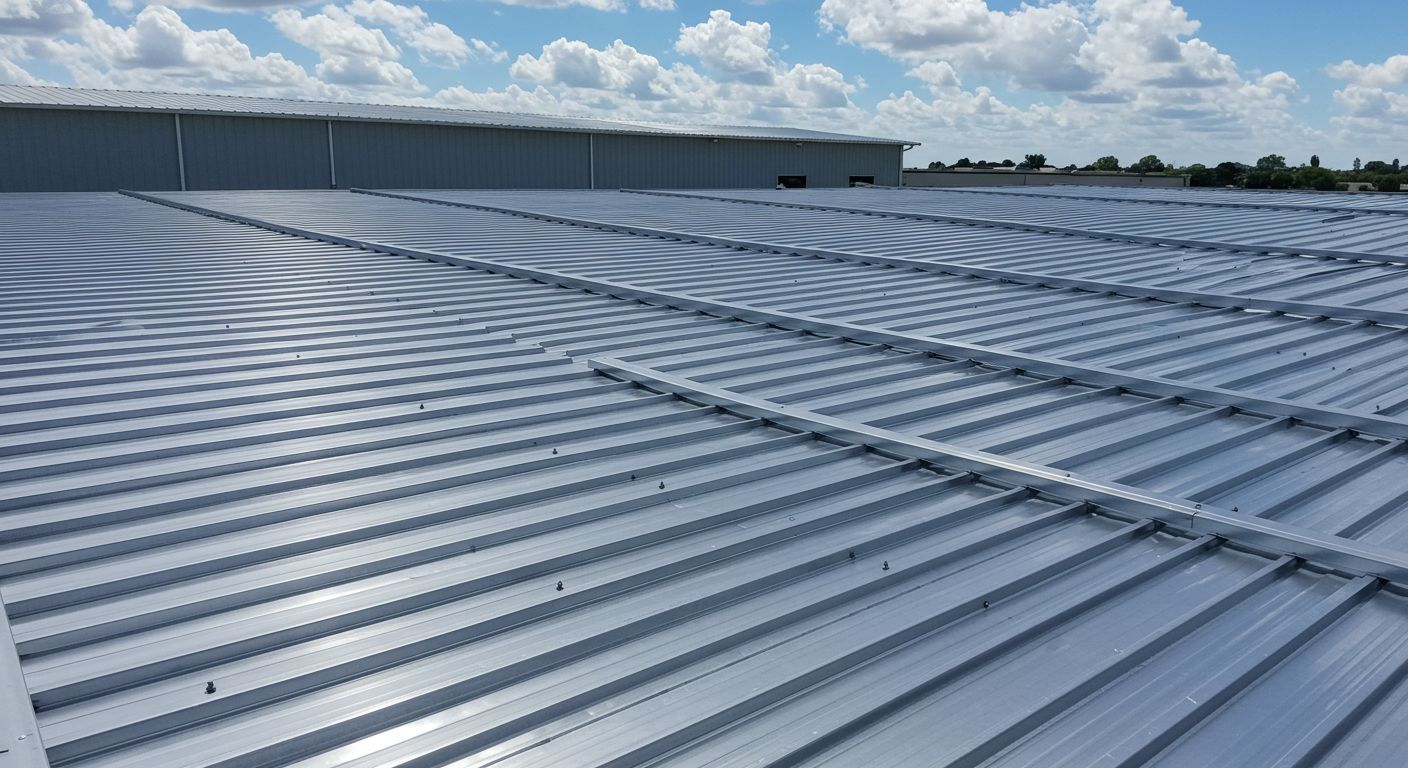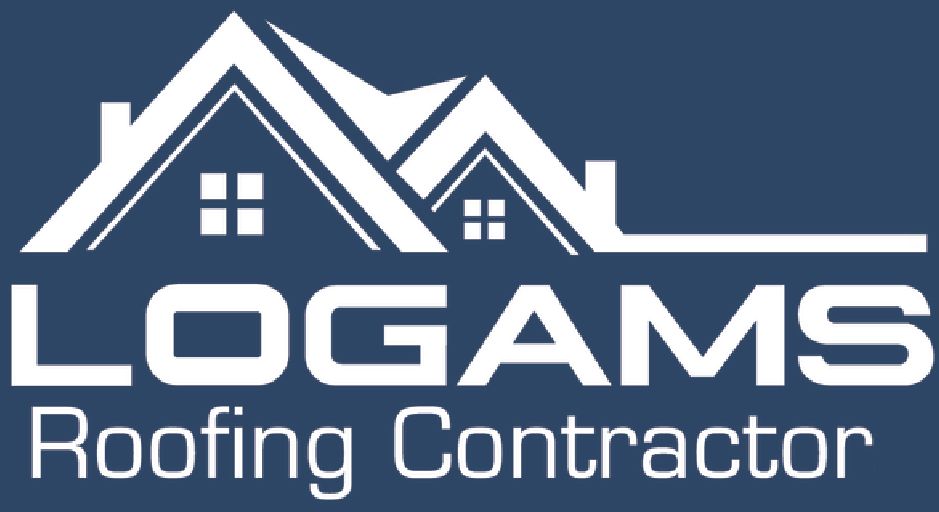WHAT ARE THE DIFFERENT TYPES OF METAL ROOFS?
Metal roofing isn’t just a trend—it’s a performance-driven upgrade that delivers long-term ROI. Whether you’re building new or replacing an old roof, understanding your options is the first step to making a solid investment.
The question is simple: what are the different types of metal roofs? The answer impacts your home's energy efficiency, resale value, and curb appeal.

why more homeowners are choosing metal roofing
Metal roofs outperform traditional materials in nearly every metric that matters:
- Lifespan: 40 to 70 years of performance
- Energy Savings: Reflects solar heat to reduce cooling costs
- Sustainability: Most are made from recycled materials and fully recyclable
- Style: Versatile profiles and colors to match any home
- Low Upkeep: Minimal maintenance compared to shingles or tile
The Primary types of metal roofs
Corrugated Metal Roofing
Corrugated panels are cost-effective and practical. Recognized by their rippled surface, they’re easy to install and work well in a variety of settings.
- Advantages: Affordable, lightweight, solid in bad weather
- Challenges: Exposed fasteners can loosen, color may fade over time
- Best Fit: Agricultural buildings, sheds, or budget-conscious projects
Standing Seam Metal Roofing
This is the go-to choice for homeowners seeking durability and a clean, architectural look. The seams snap together, hiding the fasteners.
- Advantages: Long lifespan, solar-ready, low maintenance
- Challenges: Higher upfront cost, potential for noise without proper insulation
- Best Fit: Modern homes, energy-efficient builds
Stone-Coated Metal Roofing
Steel panels coated with stone granules offer the best of both worlds: traditional looks with modern strength.
- Advantages: Durable, attractive, strong wind and hail resistance
- Challenges: Premium cost
- Best Fit: Suburban homes, properties needing curb appeal with resilience
Stamped Metal Roofing
These panels are pressed into designs that mimic wood shakes, tiles, or slate.
- Advantages: Lightweight, high-end visual impact
- Challenges: More prone to cosmetic damage from debris or hail
- Best Fit: Homes where aesthetics matter but performance can't be compromised
Powder-Coated Steel Roofing
A layer of powder coating adds color durability and surface strength. Unlike traditional paint, it resists chips and fading.
- Advantages: Superior finish, broad range of colors and textures
- Challenges: More expensive than standard coatings, needs proper care to avoid rust beneath damaged areas
- Best Fit: High-traffic climates, homes needing a tough and stylish solution
Copper and Zinc Roofing
High-end metal choices like copper and zinc are in a class of their own. Both develop a natural patina, resist corrosion, and are nearly maintenance-free.
- Advantages: 100+ year lifespan, beautiful weathering, ultra-low maintenance
- Challenges: Premium cost, thermal expansion requires expert installation
- Best Fit: Custom homes, historic renovations, and luxury builds
How To Choose The Right One For Your Home
- Environment: Aluminum handles salt air well; steel holds up inland.
- Budget: Corrugated is cost-effective; copper demands premium pricing.
- Architecture: Standing seam suits modern homes; stone-coated blends with traditional styles.
- Regulations: Check HOA rules and local codes before committing.
Install and Maintain For Maximum ROI
- Use Certified Installers: Even the best product fails with poor installation.
- Understand Fasteners: Hidden fasteners reduce leaks and wear; exposed systems need regular checks.
- Inspect Periodically: Look for signs of rust, loose fasteners, and worn coatings once or twice a year.
CONCLUSION
Understanding the different types of metal roofs gives you a clear edge. Corrugated metal offers value. Standing seam delivers sleek durability. Stone-coated and stamped panels provide balance between looks and strength. Copper and zinc add prestige and permanence.
Choose based on your climate, home style, and budget. A well-chosen metal roof doesn’t just protect—it performs. If you're serious about long-term value and curb appeal, this is the kind of decision that pays off.
Talk to a roofing specialist and run the numbers. The right roof is an asset, not an expense.
